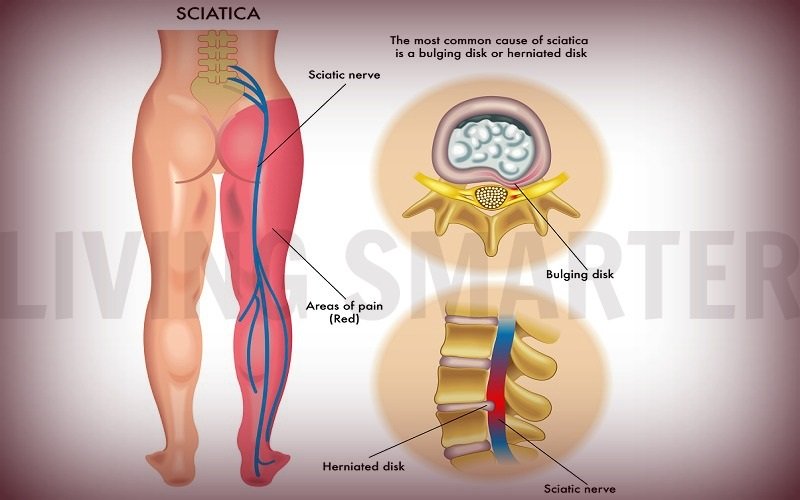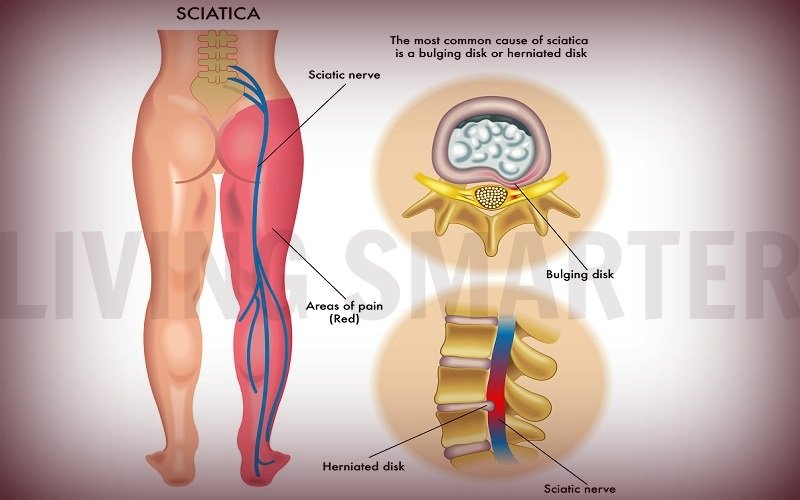What is shoulder bursitis/impingement?
April 17, 2018
How can an Exercise Physiologist treat Sciatica?
May 2, 2018What is Sciatica? And how can I fix it?

Sciatica is the name given for nerve pain related to the long sciatic nerve which runs from the buttocks down into the lower limb before splitting into several other nerves. Sciatica itself is not a diagnoses, but a symptom. The pain labelled as sciatica can be experienced anywhere from the high buttock, down the back of the leg, into the calf and under the foot. The pain can be shooting, jolting, dull, and even cause muscle weakness and wastage when large nerve impingement is involved. The severity of the sciatica and the location of the pain can give some indication of the seriousness of the pathology or injury that is causing it.
So what common pathology or injury can be the cause of sciatic pain? Sciatica is commonly caused by issues with the spinal nerve canals, spinal discs, SI joint, or soft tissues surrounding the glutes and low back. The most common diagnoses that are related to Sciatica include a disc bulge, spinal stenosis due to arthritus or other, spondylolisthesis, or piriformis syndrome. These conditions all have in common that they cause compression, or impingement either directly on the Sciatic nerve, or on the nerves supplying it. The reason pain is felt down the leg is because the sciatic nerve innervates the lower limb and thus pain can be felt at any level or location below the level of impingement that the nerve supplies.
So what is causing your Sciatica? There’s a few ways to find out. And we would suggest getting multiple opinions. The obvious option is to have some medical imaging done. This can identify abnormalities that may be causing your pain, but on the flip side, the scan may identify things that are unrelated to your pain and are causing no harm. This is no good, because it can cause psychological distress, and fear for the patient. We often recommend that you undergo a thorough physical examination to try to identify the cause of your symptoms. What exacerbates and what relieves your pain can often help us differentiate between the conditions and prescribe the appropriate treatment to get the best results in the least amount of time.
These conditions should generally be managed conservatively at first, but in some cases surgery may be required. As always, we recommend a thorough attempt at exercise and lifestyle intervention before undergoing surgery. Only if symptoms cannot be resolved, should surgical intervention be administered.
If you are suffering with sciatica and have tried everything to get relief with no luck, come in and have an assessment and customised program from one of our experienced Exercise Physiologist’s. We have a high level of success in reducing and often eliminating Sciatica and other back pain related problems. Stay tuned next week for our first blog on reducing sciatic pain.

